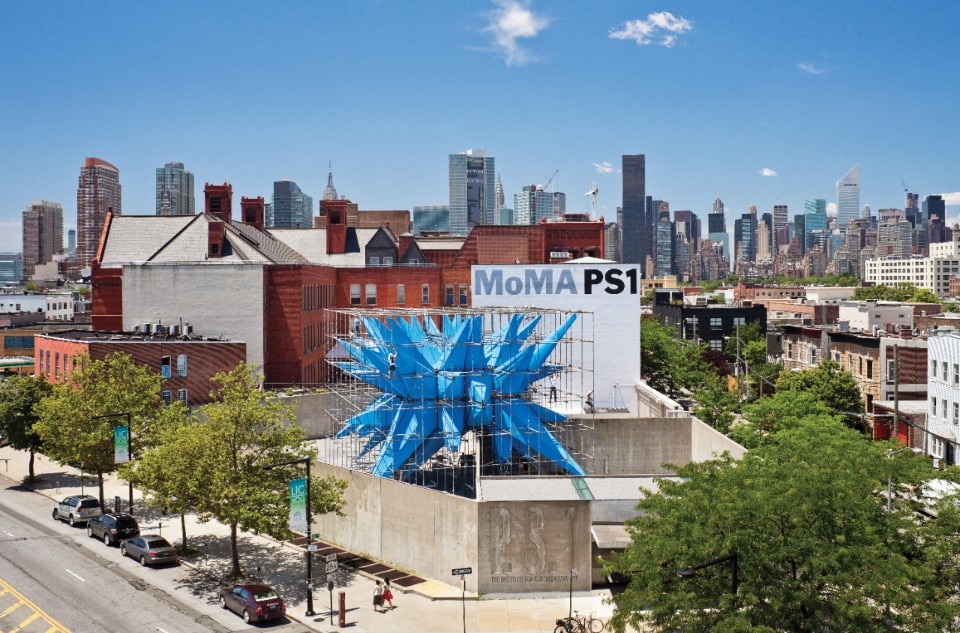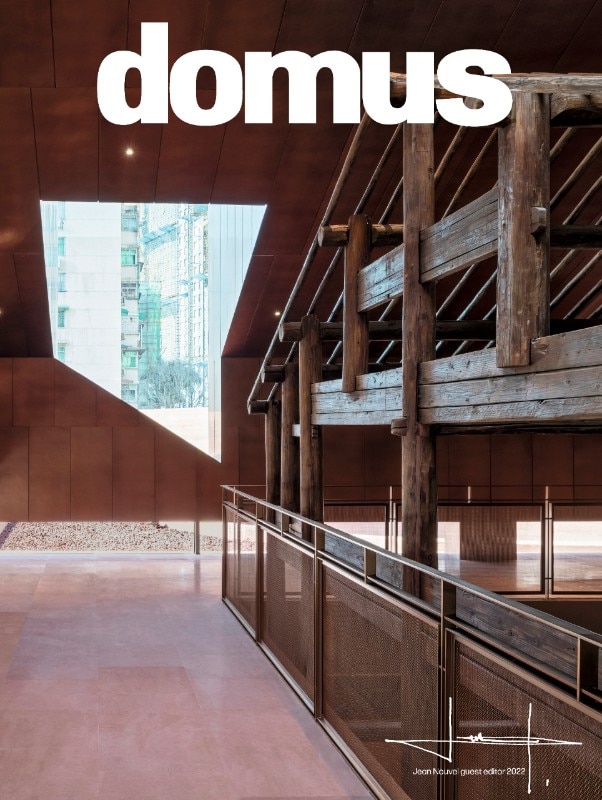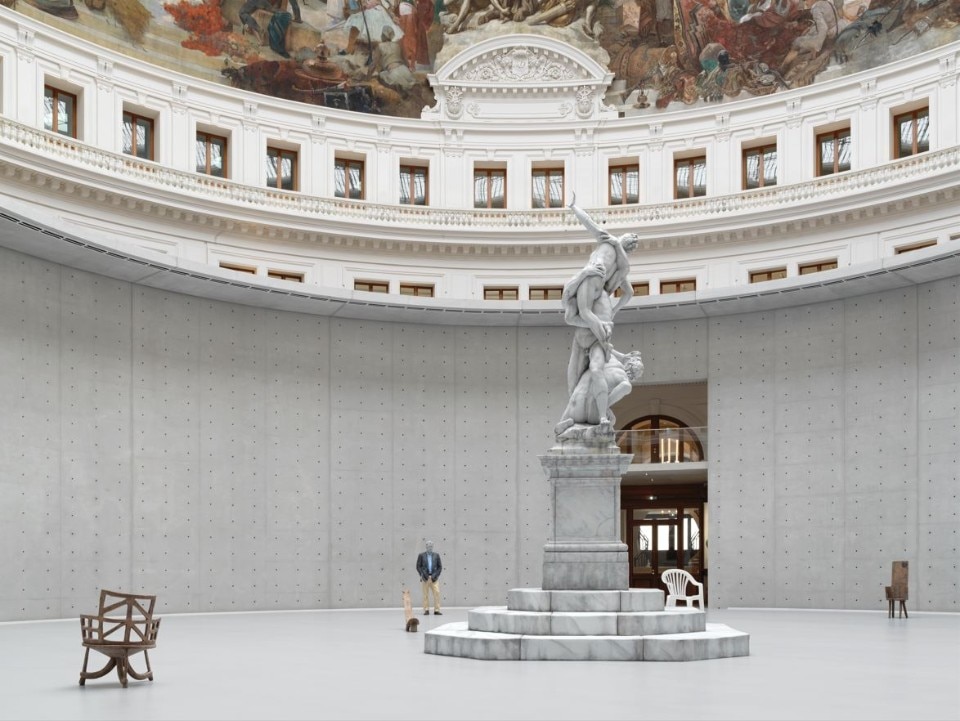Architecture should increasingly be invented through specific geographical, historical and human situations. It seeks to exist in changes of use, especially redevelopments, which allow dimensional norms to be bypassed and immense spaces to be expressed through spectacular structures. Traditionally, older architecture has received the most protection as a result of legal regulations or bourgeois tastes. Ecological notions, meanwhile, are most commonly associated with economies of work and the use or reuse of existing structures, avoiding demolition wherever possible.

But another trend is emerging. It favours anchoring, rootedness, interpenetration, the mystery of different eras coming together, and revelations arising from certain interventions that have long been condemned as unethical because they affected older protected architecture. In the 19th century, architects ventured into bold reinterpretations that were often deemed too picturesque or too spectacular – Eugène Viollet-le-Duc is the best-known example.
The aim now is to prolong the life of existing buildings to enrich the art of architecture, to cultivate the ambiguities between existing structures and contemporary inventions motivated by manifestly cultural, artistic and stylistic concerns or designed to stimulate the imagination, and perhaps to improve on recent decades, which have given rise to so many places where the mouldings, interiors and details have too often been overlooked or mishandled. It serves as a new form of contextualisation, a kind of interplay between the generations. It also represents a new way of expressing love for the history of places and those who lived in them. It is a blending of generations, combining the architecture of parents and that of their children.

Art has its reasons of which reason knows nothing. Architecture has too often given rise to doubts that it can be a living art form. This new trend is therefore a refusal to surrender. Will architecture seize these opportunities for osmosis and prove that it is still capable of surprising, inventing and convening witnesses of the era?
Opening image: Bourse de Commerce – Pinault Collection in Paris, built as a grain market in 1763, restored by Tadao Ando Architect & Associates in 2021. © Urs Fischer. Photo Stefan Altenburger. Courtesy of Galerie Eva Presenhuber, Zurich


